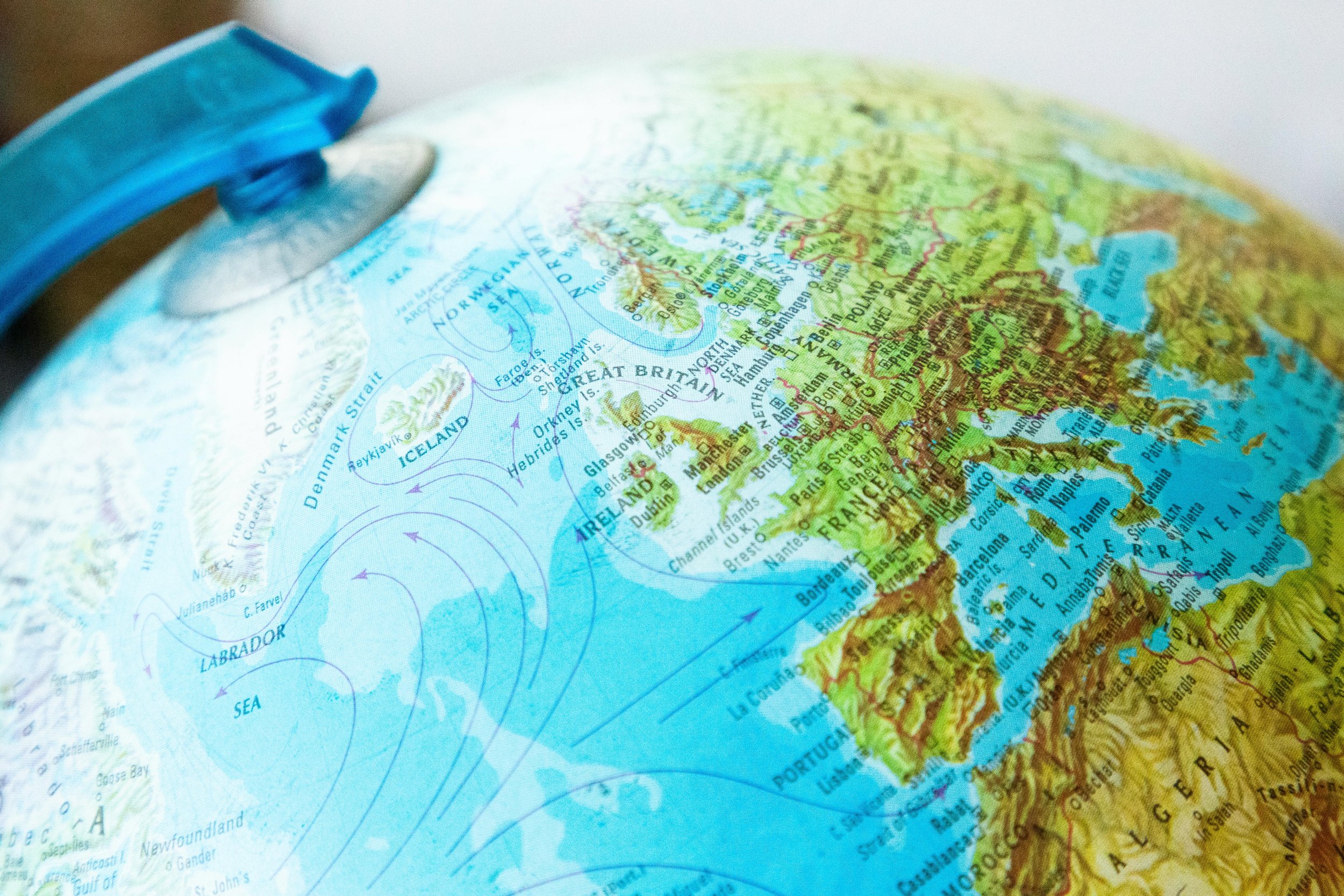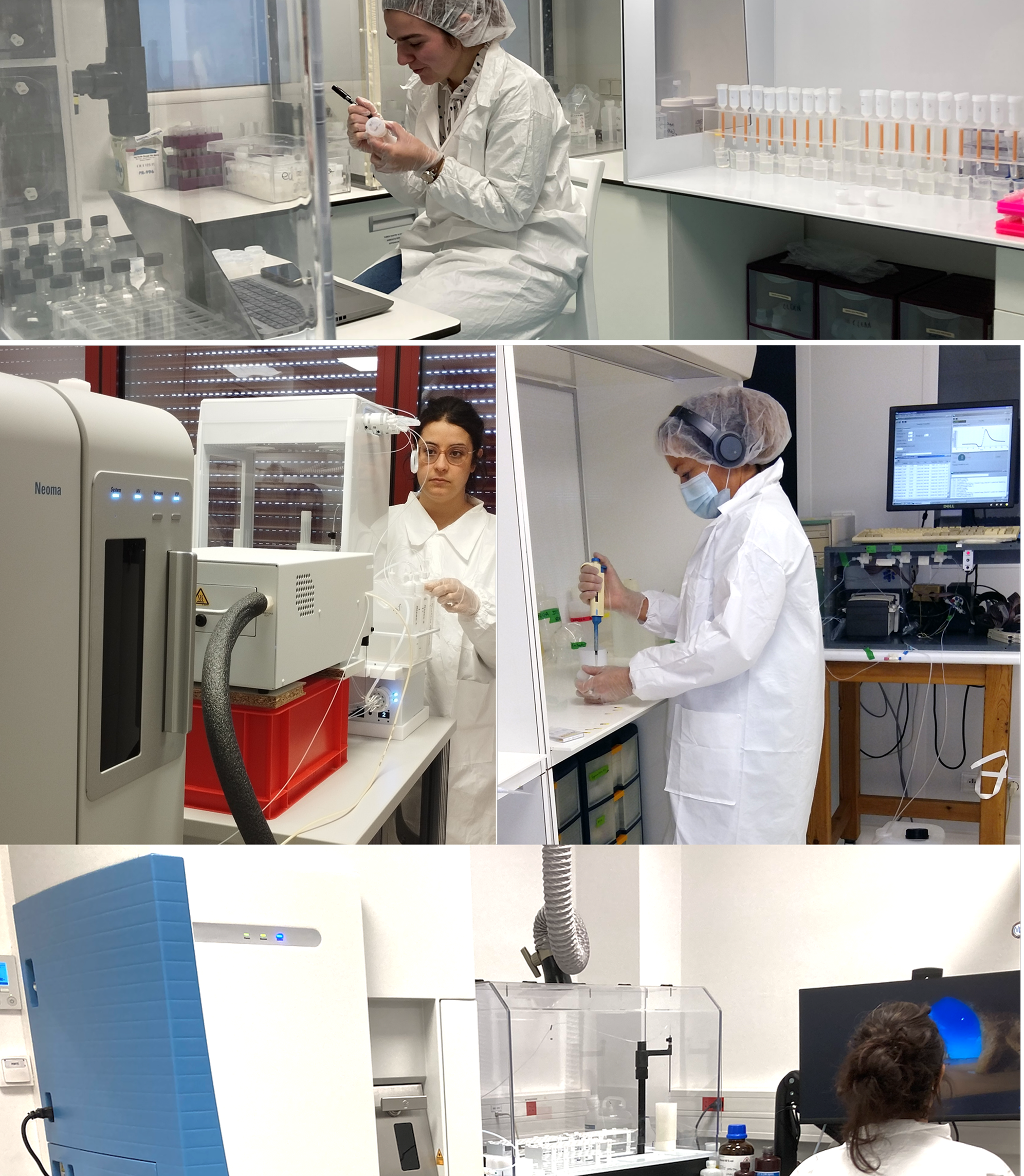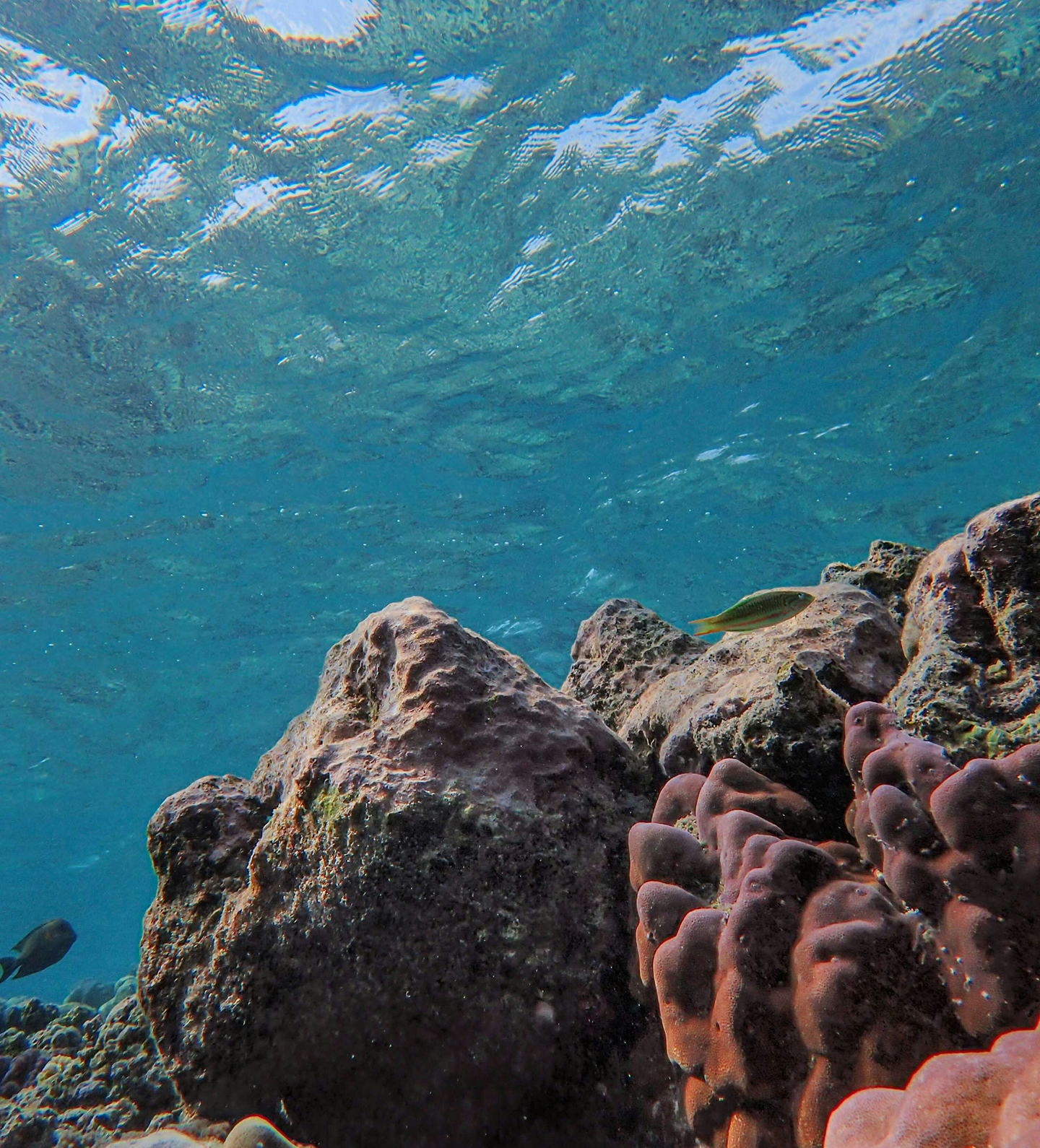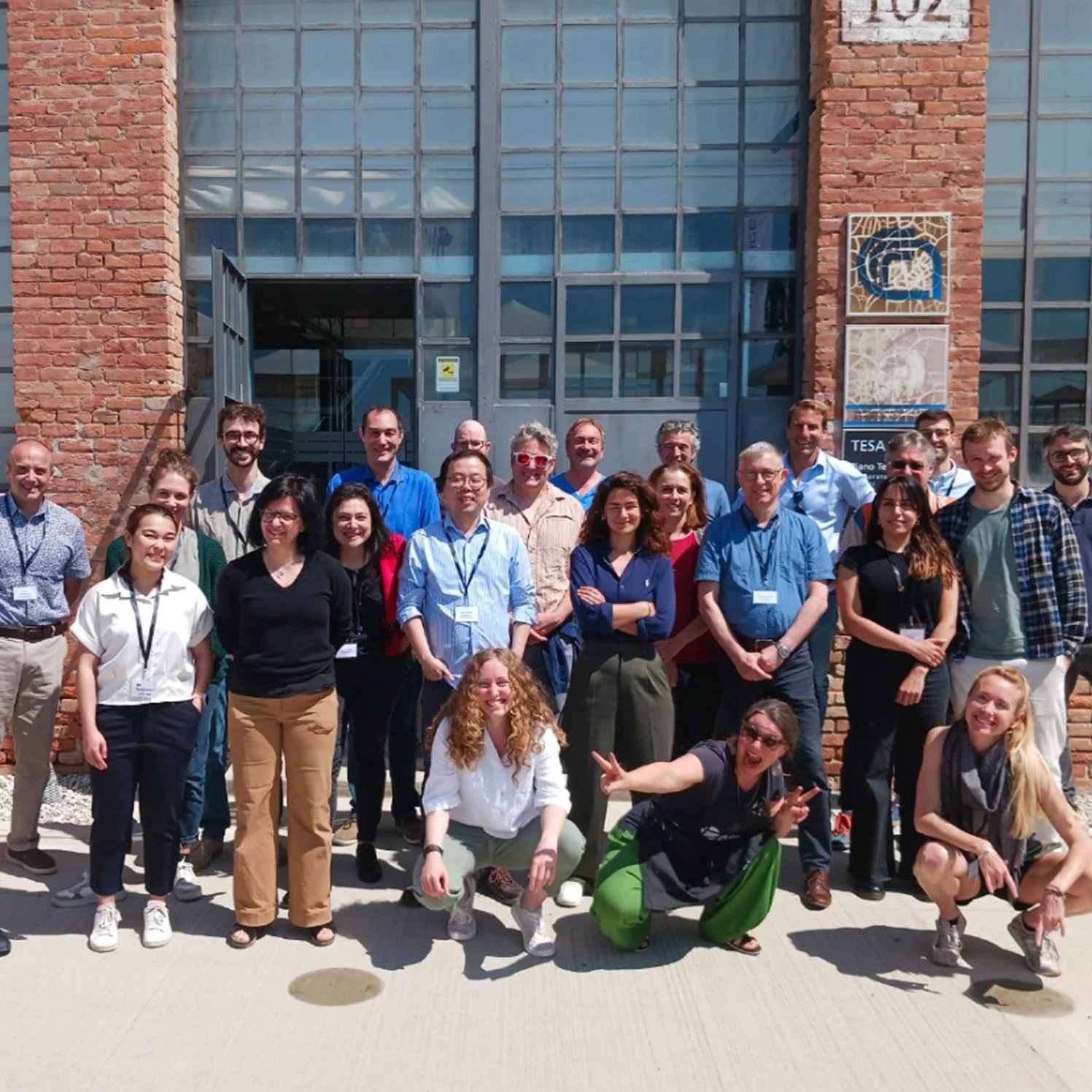
Tracing Lithium Through Coastal Ecosystems
The european project SeaLi2Bio determines distribution and extent of lithium contamination in littoral zones and its impact on aquatic ecosystems and human health.
It is funded by an ERC Advanced Grant (2024-2029).
RESEARCH OBJECTIVES
Unraveling evolution of lithium contamination at the global scale and how it may affect metabolism and biology of marine species
Lithium plays a key role in lithium batteries and as a medicine, while it is poorly recycled. It is therefore expected that its littoral flux will become increasingly disturbed by anthropogenic riverine inputs. This contamination was never quantified nor anticipated while it may cause environmental and health issues due to its toxicity.
3x
INCREASE IN 5 YEARS OF LITHIUM CONSUMPTION AT THE WORLD SCALE
This rapid increase observed between 2017 and 2022 is far above all other trace metals. For comparison cobalt consumption has increased by 70% and by 40% for nickel. (ADEME)
2
IS THE NUMBER OF LITHIUM ISOTOPES THAT CAN BE MEASURED BY HIGH-TECH MASS SPECTROMETRY
7Li and 6Li are the two stable isotopes whose ratio can be measured at high precision in coastal waters and in marine organisms for quantifying lithium contamination and its transfer to the trophic web
10%
IS THE LITHIUM THAT IS RECYCLED FROM RECHARGEABLE BATTERIES AT THE GLOBAL SCALE
Given the short life time of e-objects that use lithium (mobile, laptop, electrical vehicle), it is therefore expected that most of the lithium consumed today will reach coastal ecosystems by 10 years
Why Lithium Matters for littoral zones
At the interface between continents and the ocean, littoral environments
provide numerous ecosystem services to humanity (e.g. fisheries, conchylicultures, antibiotic molecules, nutrients for aquaculture). The natural biodiversity of coastal ecosystems is exceptional, with planktonic
blooms and macroalgae (along with corals for tropical areas) representing the two major pillars for the upper components of trophic webs.
However, littoral zones are at major risk because of the on-going global change, with more frequent massive river floodings or marine heatwaves. In addition, littoral waters receive land-based pollutions, such as trace metals, pesticides and plastics largely through inputs from rivers draining intensely anthropized regions.
Science That Protects Ocean Life
Combining a novel isotopic methodology with ecotoxicology and biology approaches SeaLi2Bio is a fundamental research project that will disentangle the factors of Lithium contamination from the natural background and simulate its future evolution for a better protection of environments the most at risk.
NEWS AND UPDATES
Stay informed on project milestones and discoveries
LIVE FROM BLUESKY








